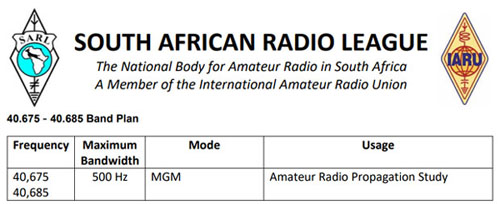The Irish state broadcaster RTÉ have announced that their DAB digital radio service will cease at the end of March 2021. The DAB service was only transmitted from five sites near major cities and only covered 54% of the Irish population.
Sites: Three Rock (Dublin - 14kW), Clermont Carn (5kW), Kippure (15 kW), Spur Hill (Cork - 10kW), Woodcock Hill (Limerick - 10kW).
A recent JNLR report, Radio in a Digital World, compiled by Ipsos/ MRBI, found just 0.5% of adults listened to DAB. 77% of adults in Ireland listen to radio on FM.
Analysis... I'm sure there will be some people outside of Ireland who will look at this story in terms of a digital DAB V analogue FM narrative and conclude incorrectly that the attempt to replace FM with DAB failed in Ireland.
The reality was that DAB as a service was never really rolled out in Ireland and nearly half the population couldn't receive it. The radio stations on the DAB platform were the usual RTÉ suite of stations on FM as well as a few more like RTÉ Gold, RTÉ 2XM, RTÉ Radio 1 Extra, RTÉ Pulse, and RTÉjr Radio. There were no commercial radio stations so the choice was extremely limited.
DAB really offered very little incentive to buy a digital radio as nearly everything of interest could be heard nationwide on the FM service which has saturation coverage. As a service, it might have been interesting back in say the 90's but in todays world of podcasts, audio books, streaming services, smartphones, etc, a DAB radio looks like an antique.
I remember showing a DAB radio to someone back around 2005. The first question I got was 'Can I get BBC radio on it?'. Answer no, just the usual RTÉ stations plus a few more. No wonder it failed.
Maybe there will be a new digital standard like DAB+ introduced in Ireland in the future but it looks like the analogue FM service from 88 to 108 MHz is going to be around for a long time.
On-Air (tests): January 2006 to June 2006
On-Air (tests): December 2006 to November 2008
On-Air (public service): December 2008




































